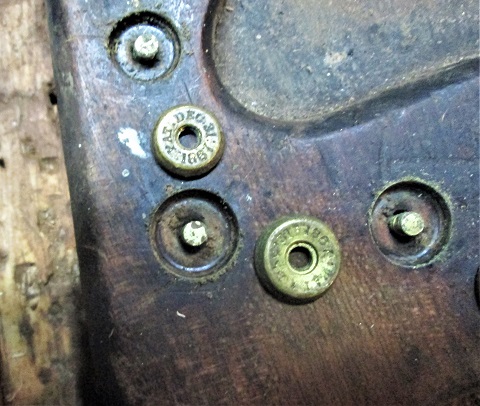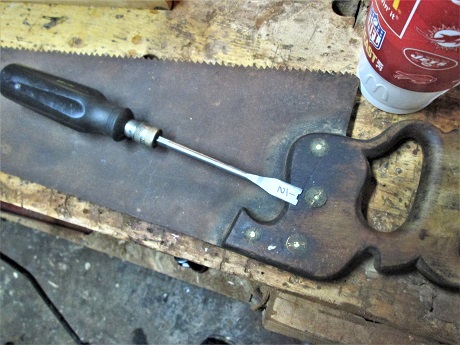It may be one of two Washburn patents. Or neither.
We are looking at the wrong side of the handle to tell from the OP photos. We are looking at split nuts which does not inform us whether the head is slotted before brazing to the post to form the post or if the brazing is done first, followed by slotting both the head and the post.
The earlier Washburn patent has split head:
https://pdfpiw.uspto.gov/.piw?PageNum=0&...F411%2F397
(That's the 12-31-1867 patent, full image from the US Patent and Trademark Office.)
The other, later Washburn patent has both head and post slotted after they are joined and brazed:
https://pdfpiw.uspto.gov/.piw?PageNum=0&...F411%2F397
(That one is a Reissue of an earlier original patent intended to improve on the first, 1867, one. The original was 84,663, issued 12-1-1868. The Reissue is dated 11-29-1872. Slotting after brazing is said to prevent shearing of the joint between the head and post, since torque is imparted to both in use.)
The URL selections are those of the US PTO.
In use, both versions require split nuts, like those shown. The other end of the bolts would show whether the head is slotted through the post or not, to show which version has been used on the pictured saw. Hopefully, the OP will oblige with one or more additional photos for us. If it turns out that the heads of the bolts are not slotted at all, they are NOT from the Washburn patents after all. Perhaps they have the square shank "carriage bolt" type construction instead.















